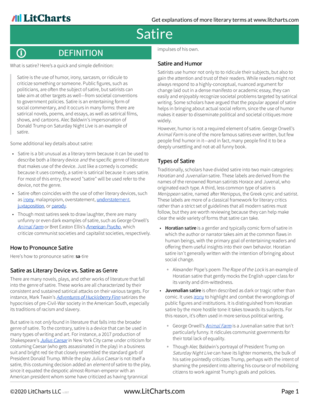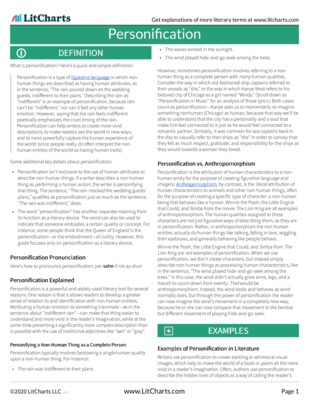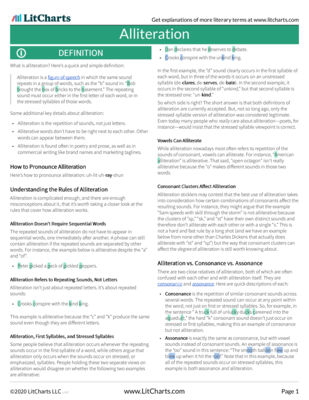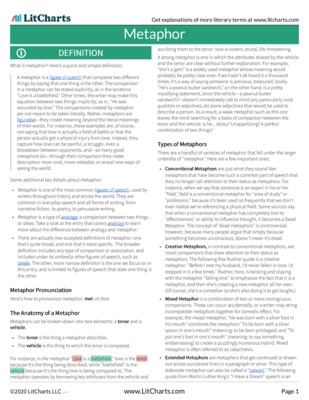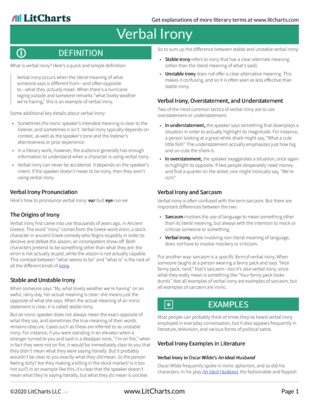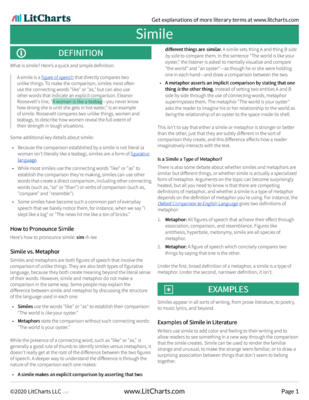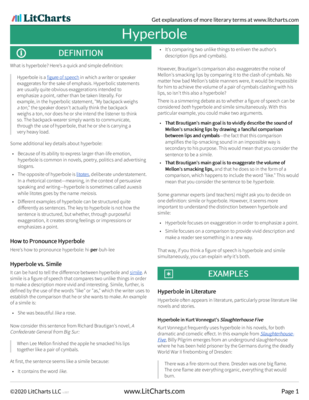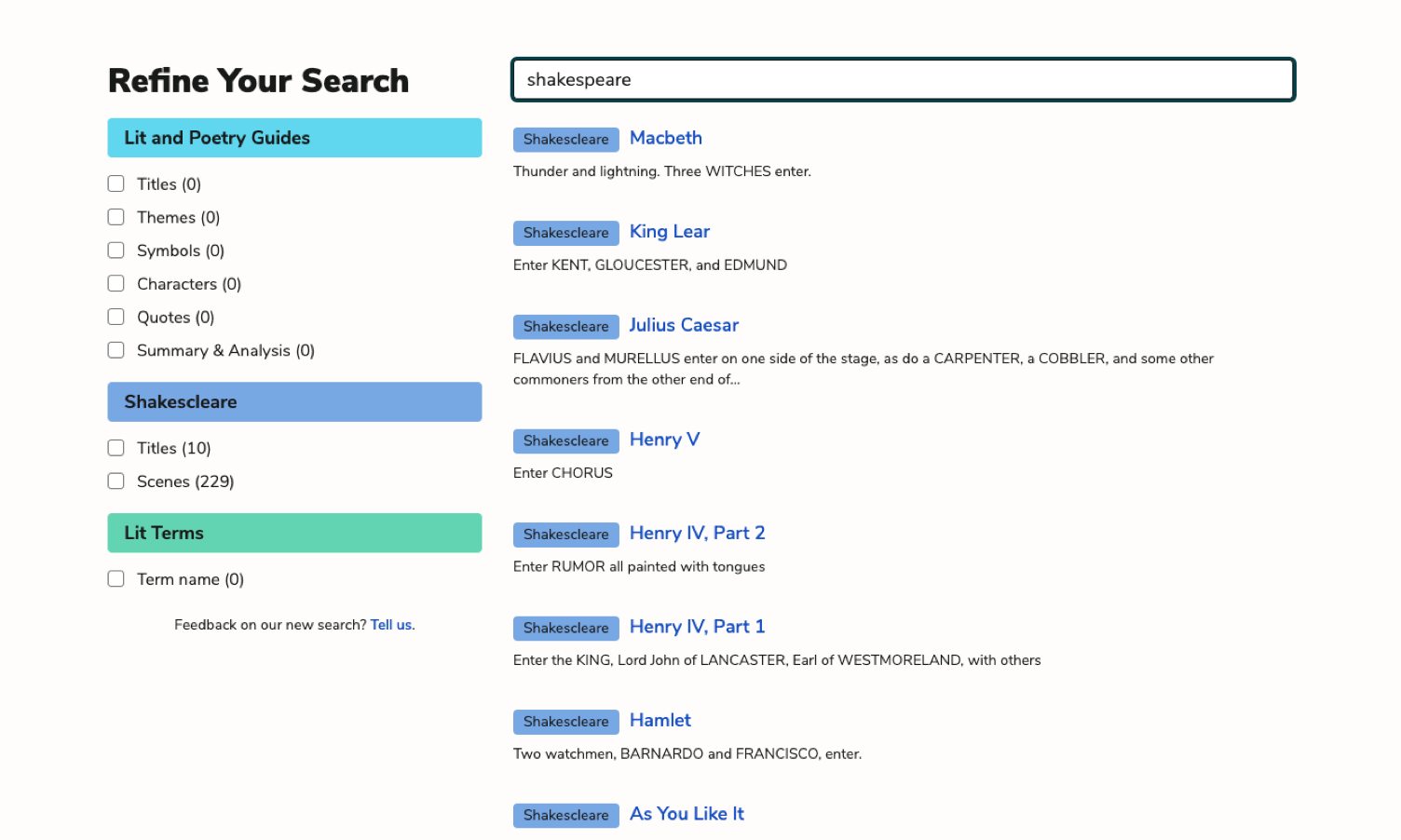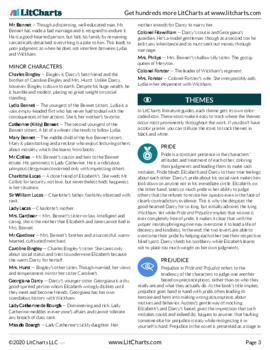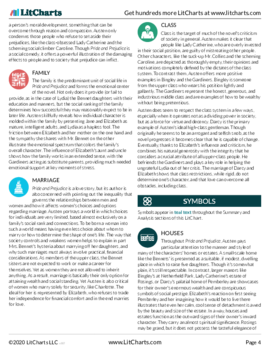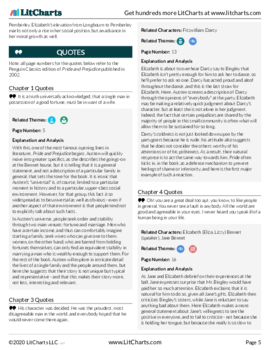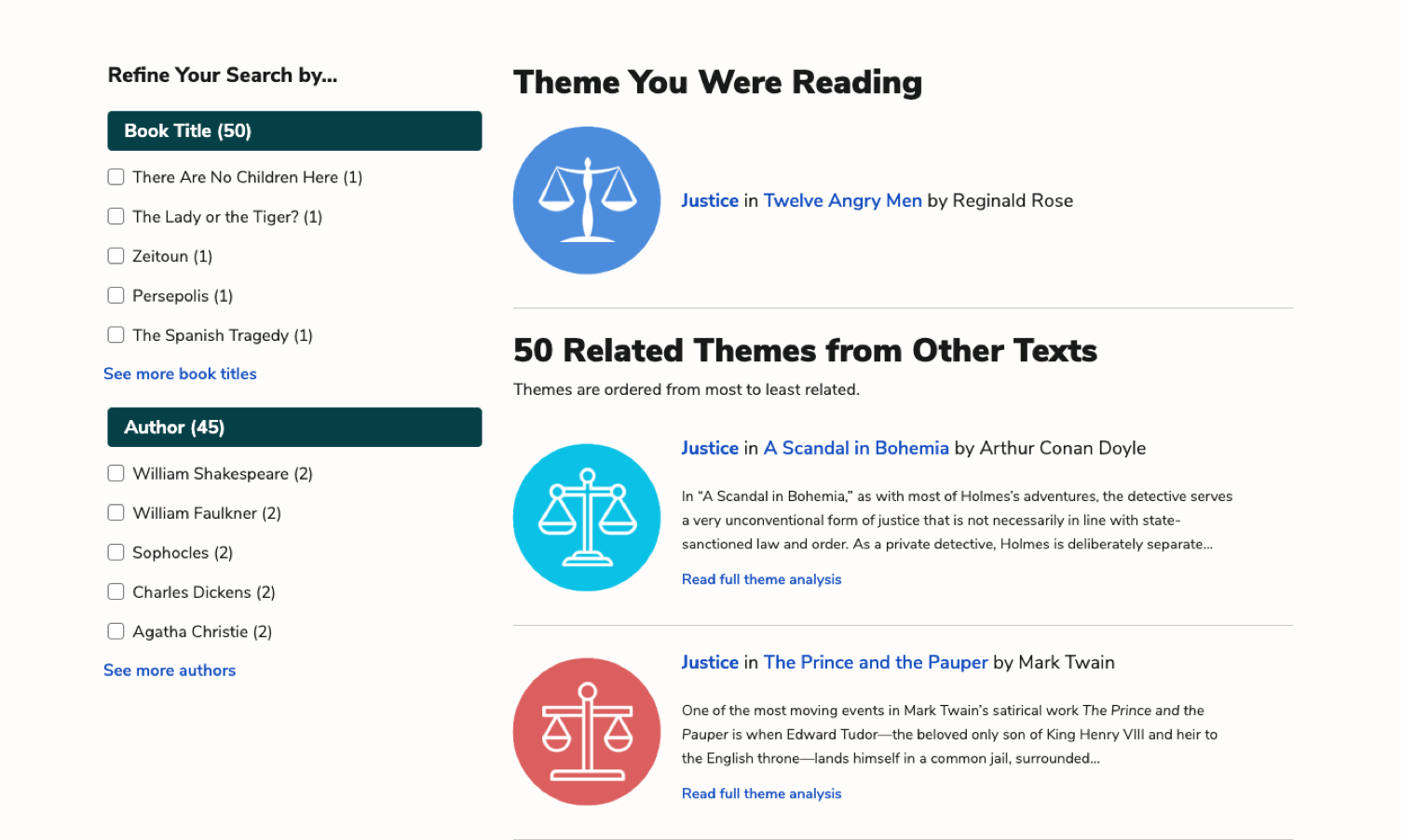- All's Well That Ends Well
- Antony and Cleopatra
- As You Like It
- The Comedy of Errors
- Coriolanus
- Cymbeline
- Hamlet
- Henry IV, Part 1
- Henry IV, Part 2
- Henry V
- Henry VI, Part 1
- Henry VI, Part 2
- Henry VI, Part 3
- Henry VIII
- Julius Caesar
- King John
- King Lear
- Love's Labor's Lost
- A Lover's Complaint
- Macbeth
- Measure for Measure
- The Merchant of Venice
- The Merry Wives of Windsor
- A Midsummer Night's Dream
- Much Ado About Nothing
- Othello
- Pericles
- The Rape of Lucrece
- Richard II
- Richard III
- Romeo and Juliet
- Shakespeare's Sonnets
- The Taming of the Shrew
- The Tempest
- Timon of Athens
- Titus Andronicus
- Troilus and Cressida
- Twelfth Night
- The Two Gentlemen of Verona
- Venus and Adonis
- The Winter's Tale
plus so much more...
-
Line 1
The title of the poem tells readers that the speaker is Mrs. Aesop, the wife of the ancient Greek storyteller famous for his fables. Aesop, a legendary figure who supposedly lived over 2,500 years ago, is one of the most influential and loved storytellers in history. However, Mrs. Aesop quickly makes clear that she has some major problems with her husband, and her use of contemporary and conversational language provides the first clue that Duffy is using these characters to explore modern themes of marriage, morality, and storytelling.
The poem itself begins in media res, Latin for "in the middle of things," as it expects the reader to understand through context who the "he" in the first line is. This makes it feel almost as if the reader is stepping into the middle of a conversation, with Mrs. Aesop describing to an unknown but trusted listener how her highly-respected husband is actually a total bore. By delivering an unexpected opinion in such an inviting way, the poem beckons the reader to lean in closer, to read on as if a friend is telling them a secret.
The poem opens with Mrs. Aesop making fun of her husband, using colloquial, everyday language to describe how she finds Aesop to be extremely boring. "By Christ," she says, using lightly blasphemous language that establishes her as a cheeky, funny character who is unafraid to speak her mind.
She continues by saying, "he could bore for Purgatory," invoking the notorious place in the Catholic tradition where the souls of the dead go to make up for their sins. By mentioning Purgatory, Mrs. Aesop uses hyperbole to stress how their marriage seems like an endlessly boring place with no end in sight.
While the poem is written in free verse, without a regular meter or rhyme scheme, the first sentence creatively plays with rhythm and sound, using stresses and assonance to show how Mrs. Aesop will continue to use sonic devices to make fun of her husband.
The poem begins with a foot called a spondee, the two stressed syllables in "By Christ," which also share the same long /i/ sound, immediately communicating the sharp, frustrated tone Mrs. Aesop takes when describing Aesop. By repeating the long /or/ sounds in "bore" and "Purgatory," the poem stresses the sound of "boring," cementing for the reader exactly the problem that has come between Mrs. Aesop and her husband.

|
PDF downloads of all 3061 of our lit guides, poetry guides, Shakescleare translations, and literary terms.
PDF downloads of all 1916 LitCharts literature guides, and of every new one we publish.
Learn more
|
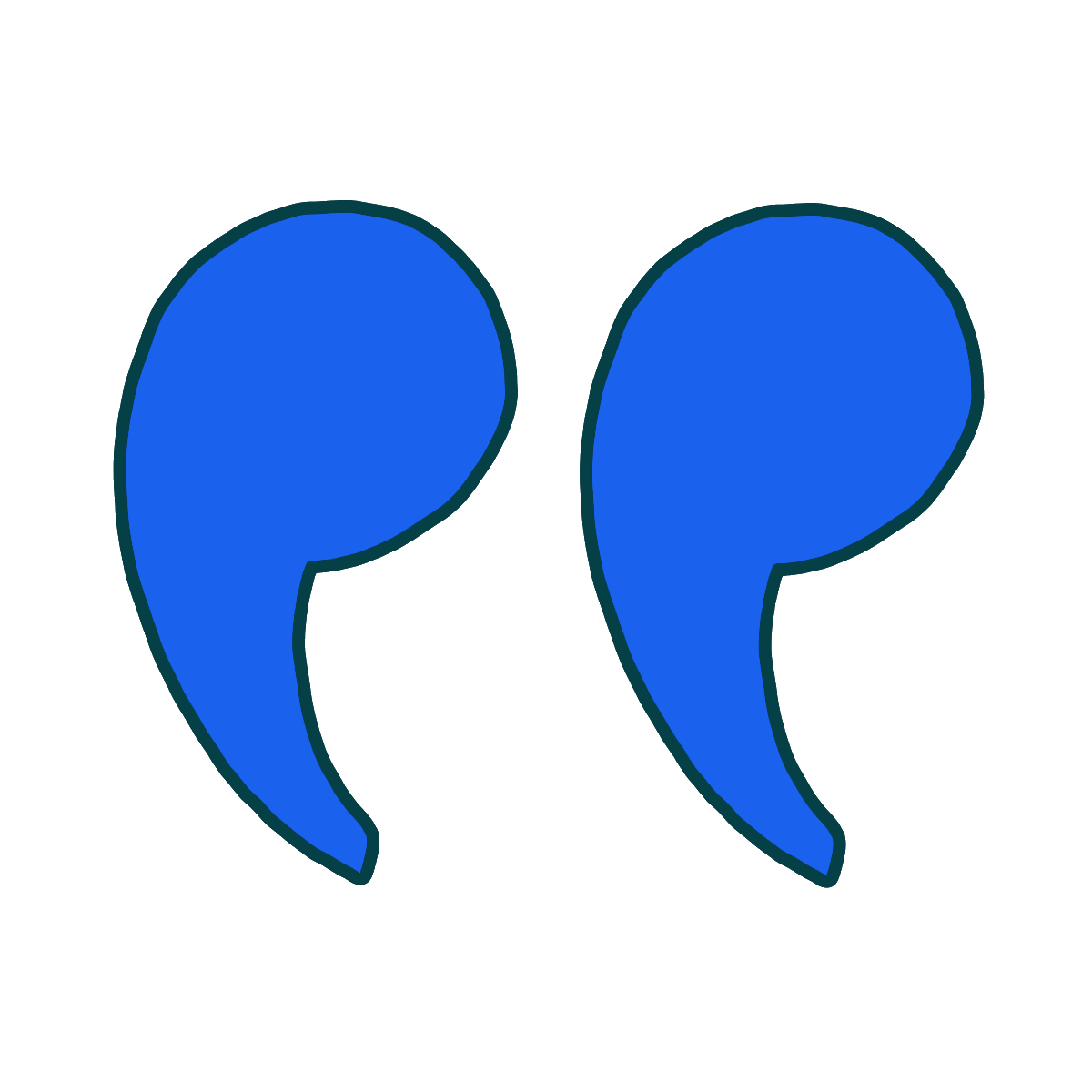
|
Explanations for every quote we cover.
Detailed quotes explanations (and citation info) for every important quote on the site.
Learn more
|

|
Instant PDF downloads of 136 literary devices and terms.
Definitions and examples for 136 literary devices and terms. Instant PDF downloads.
Learn more
|
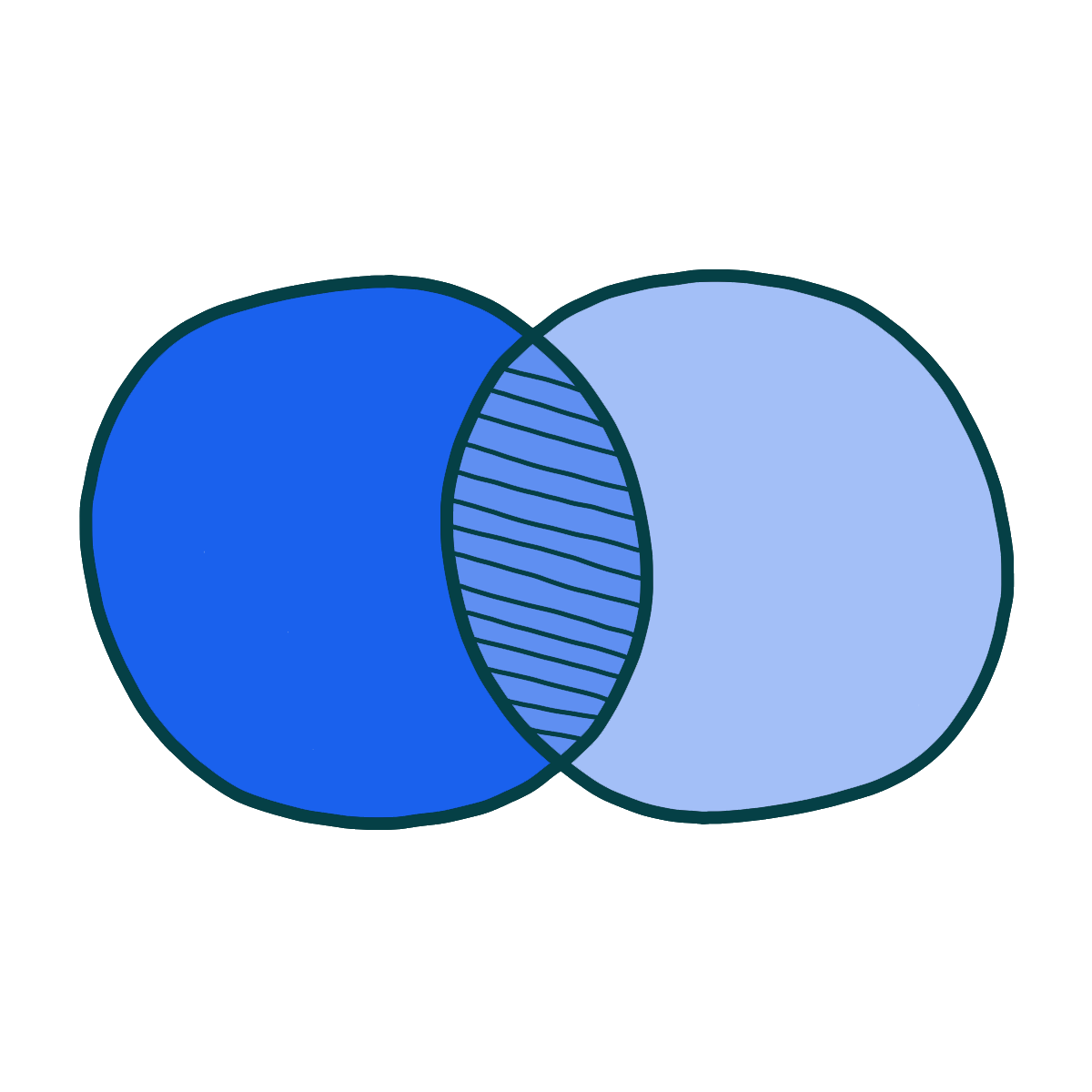
|
Compare and contrast related themes.
Compare and contrast Related Themes across different books.
Learn more
|

|
Teacher Editions for all 1916 titles we cover.
LitCharts Teacher Editions for every title we cover.
Learn more
|

|
PDFs of modern translations of every Shakespeare play and poem.
PDFs of modern translations of every Shakespeare play and poem.
Learn more
|
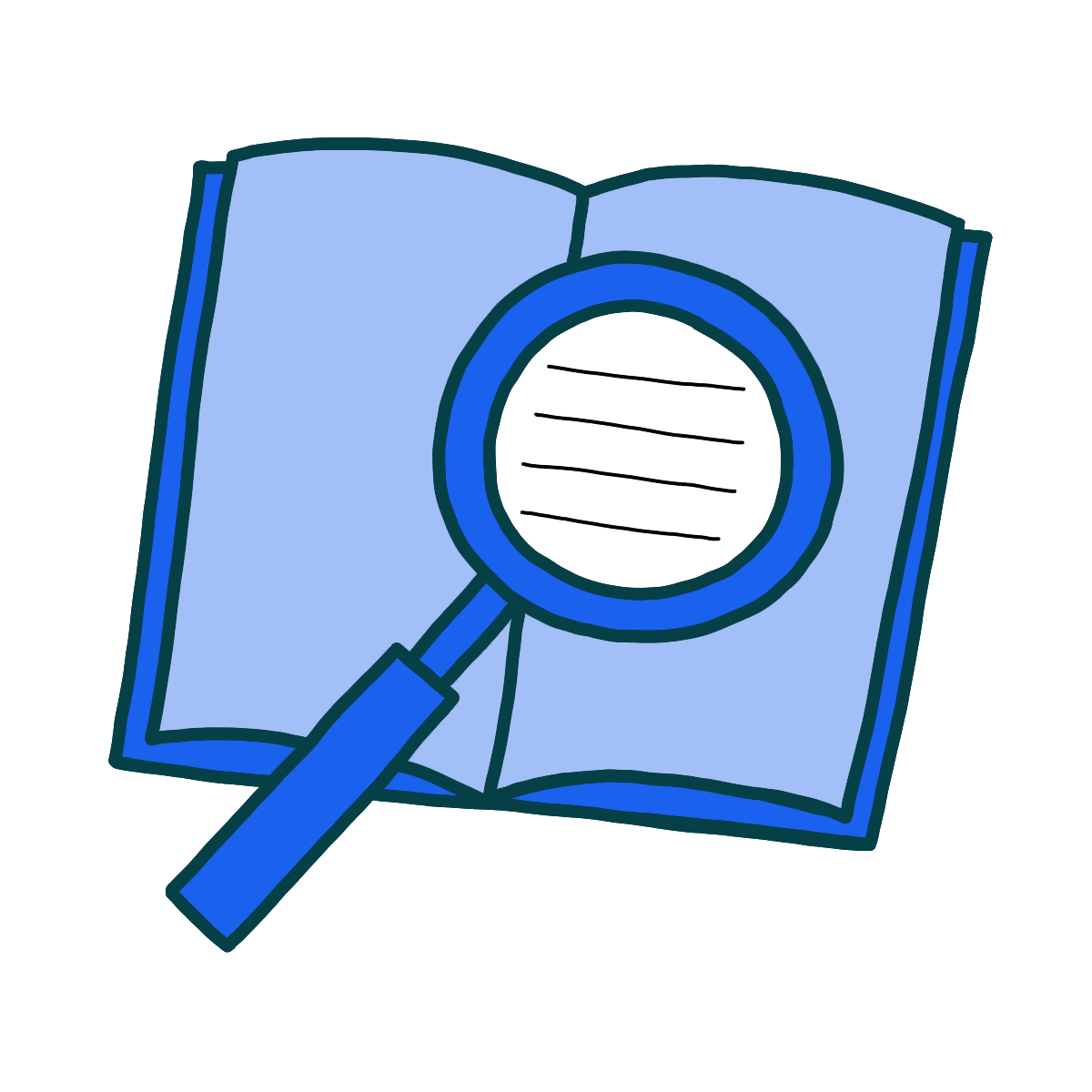
|
Advanced search across our collection.
Advanced Search. Find themes, quotes, symbols, and characters across our collection.
Learn more
|
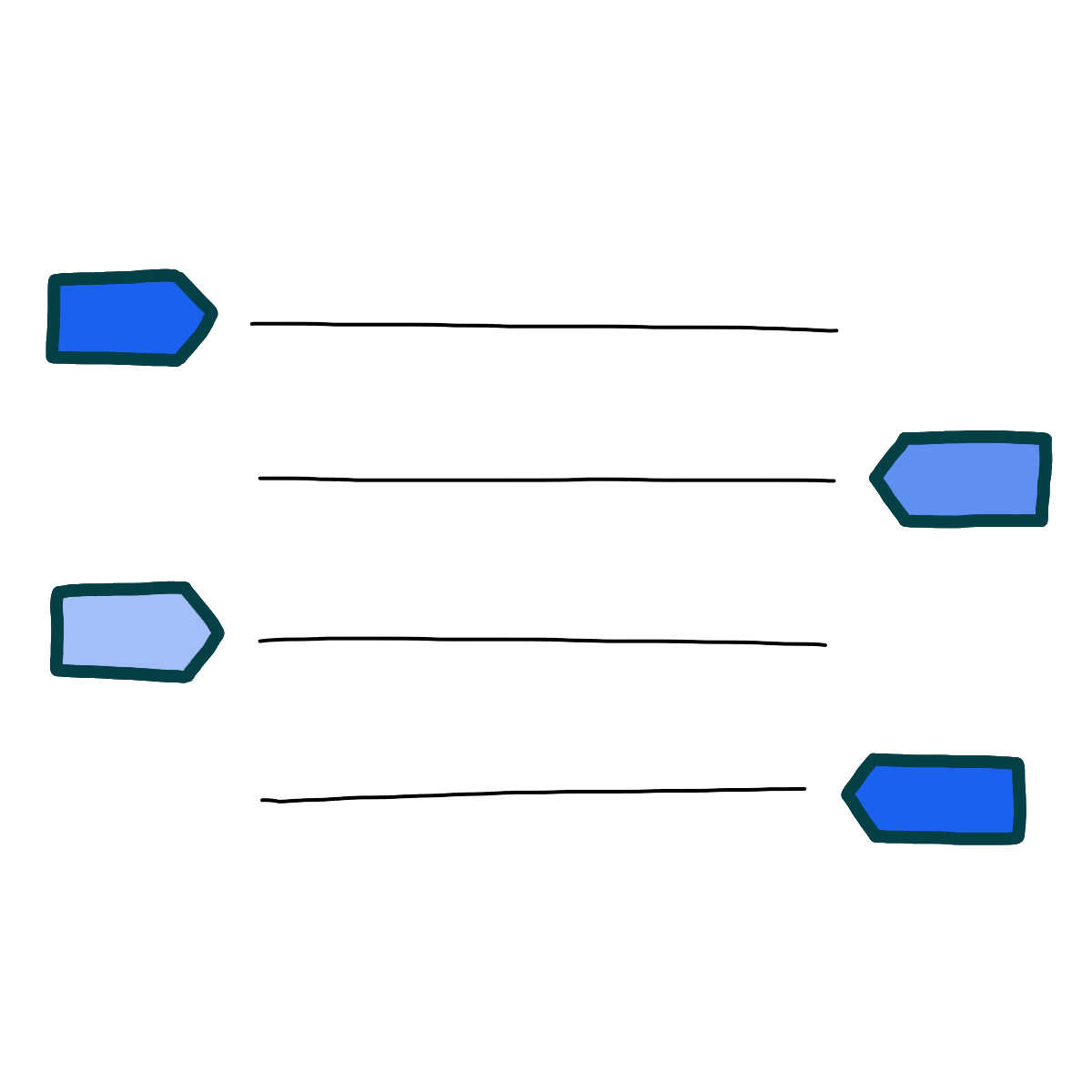
|
Line-by-line explanations, plus analysis of poetic devices for lyric poems we cover.
Line-by-line explanations, plus analysis of poetic devices for every lyric poem we cover.
Learn more
|


For every lyric poem we cover.
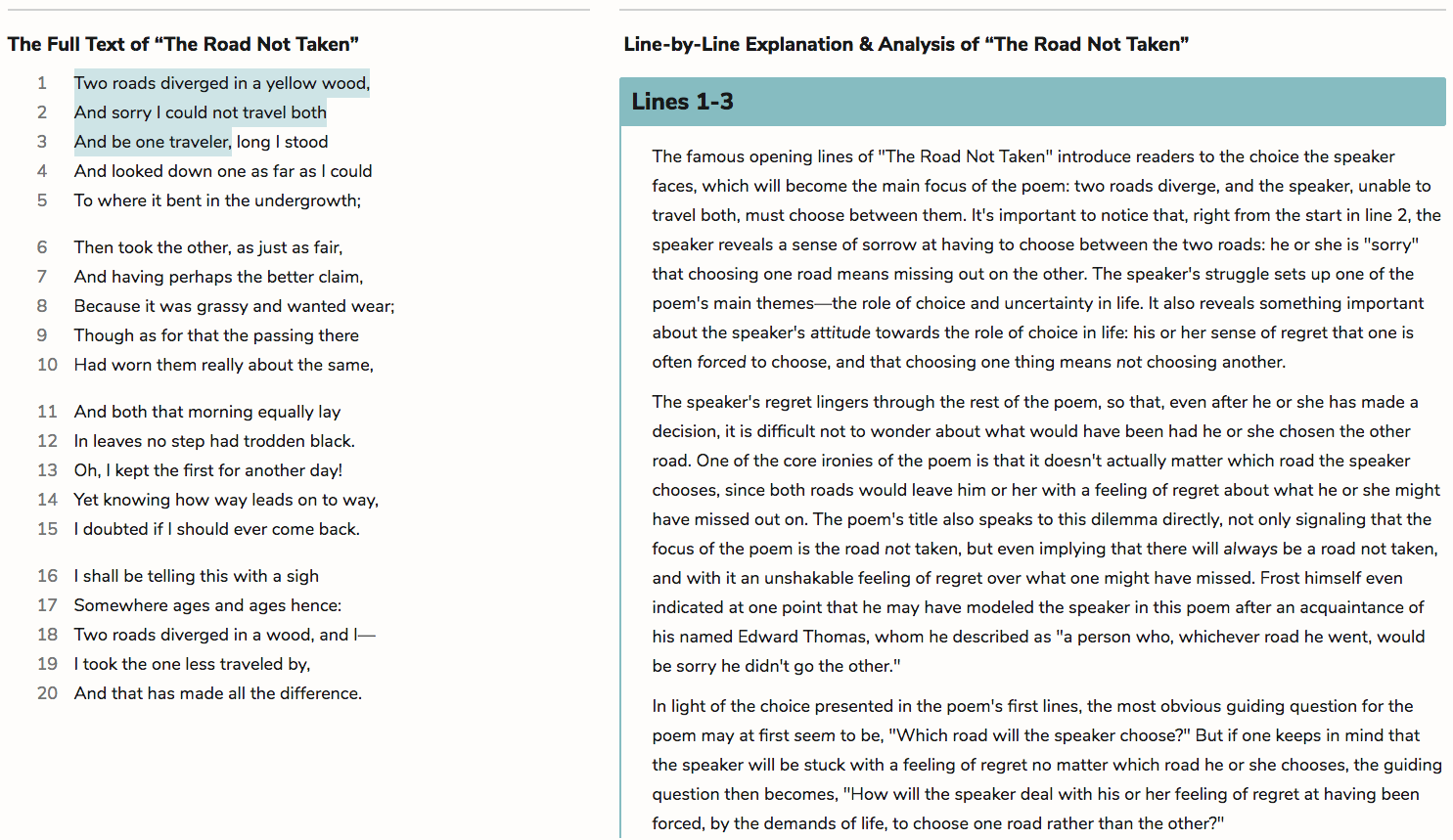


Literature Guide PDFs
LitCharts PDFs for every book you'll read this year.
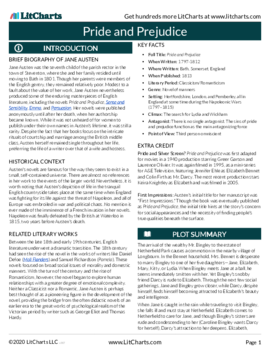


Quotes Explanations
For all 42,382 quotes we cover.
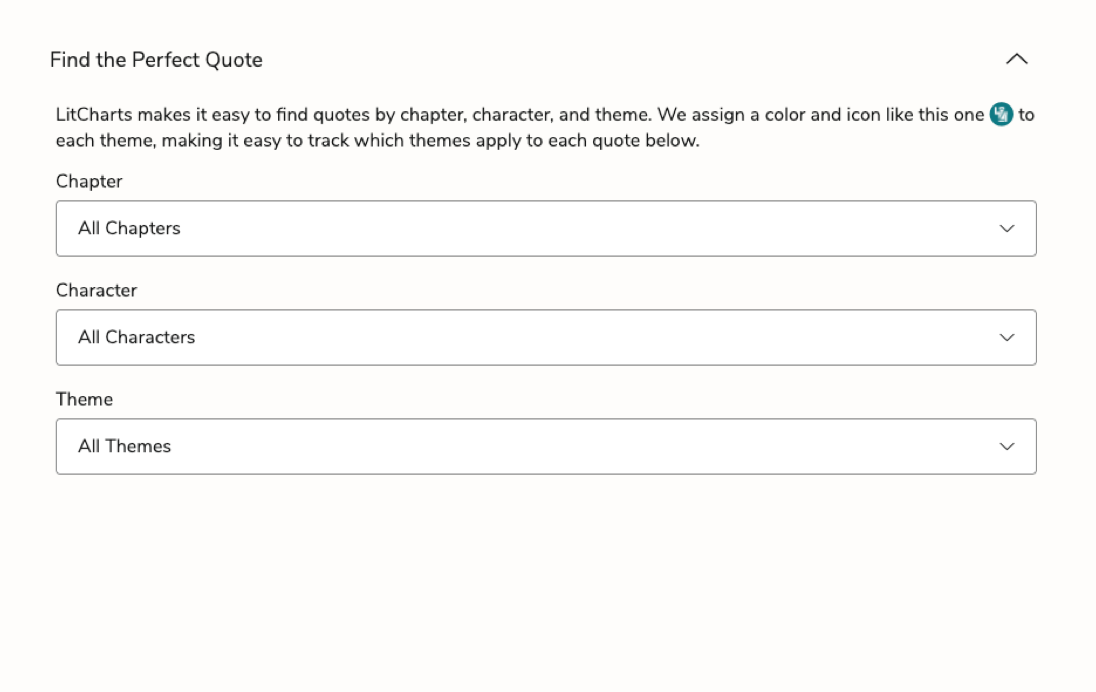
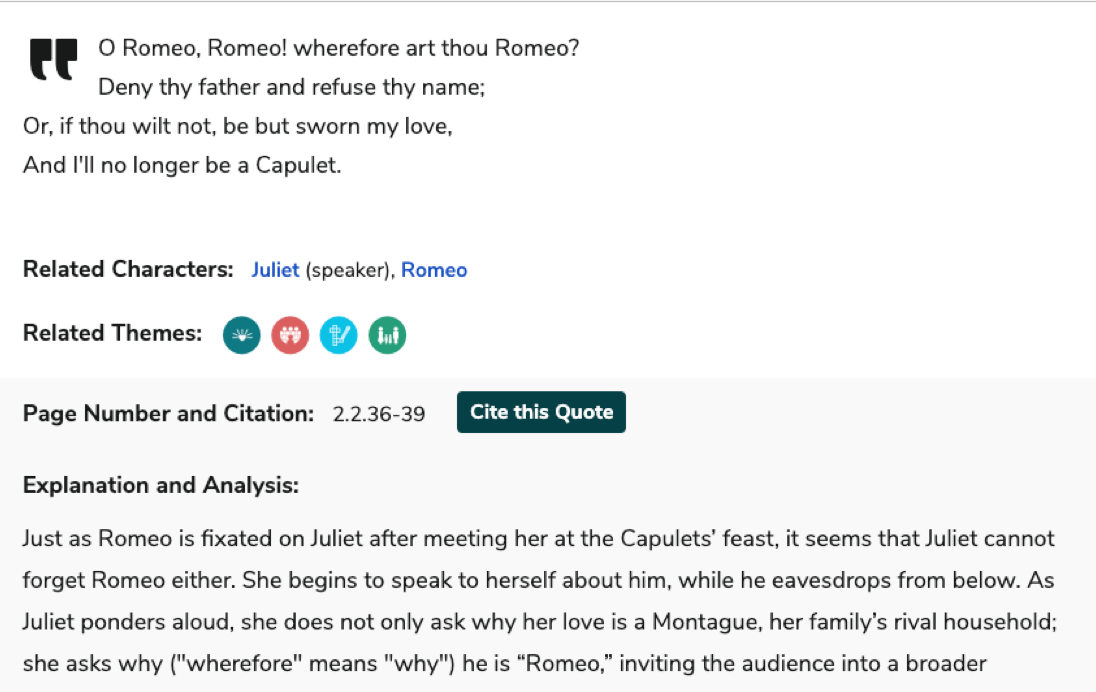
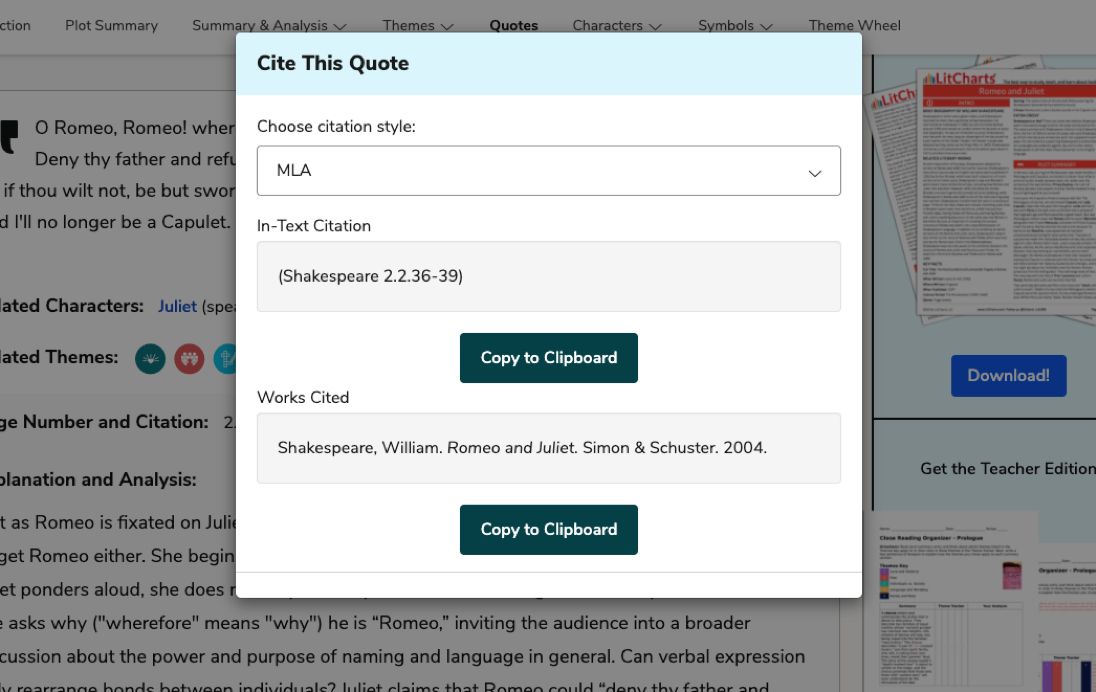


Teacher Editions
Time saved for teachers.
For every book we cover.
Common Core-aligned



PDFs of modern translations of every one of Shakespeare's 37 plays, 154 sonnets, and 3 longer poems.


Plus a quick-reference PDF with concise definitions of all 136 terms in one place.
